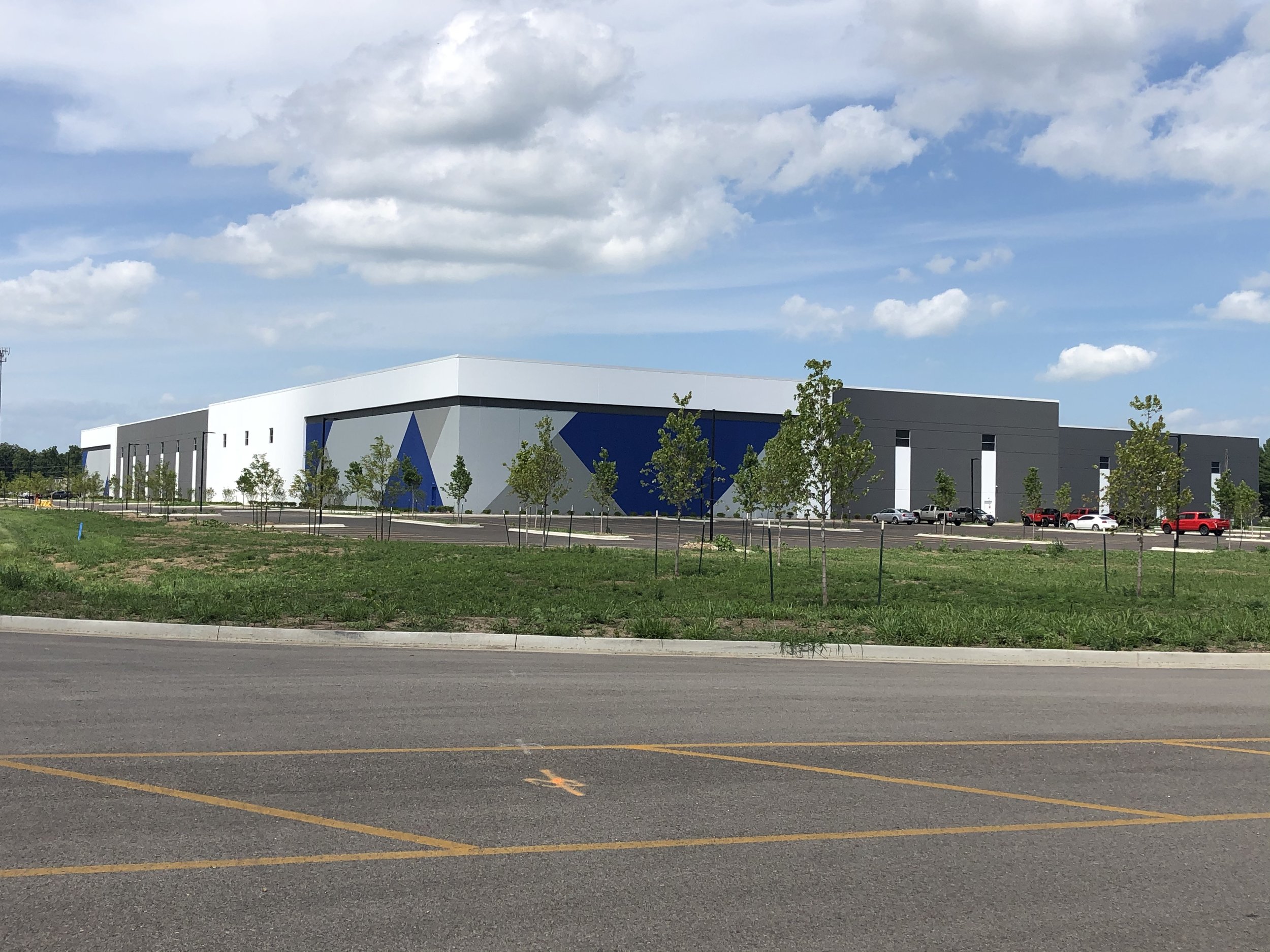When Winter Construction began working on an expansion at HALO Branded Solutions in Sterling, Illinois, they were hoping to do something interesting with the exterior design.
”The precast kind of gave us an opportunity to paint what we wanted to - a unique, branded color pattern,” said Scott Winter, Vice President Design/Build Services for Winter Construction. “The way it looked was pretty important to (the customer) and concrete wall panels can help achieve that. We did some kind of overlay panels, veneer type panels to create some geometries like the top white (area) that kind of sticks out.”
Precast wall panels were selected for the $26 million 175,000 square foot Halo Phase II Expansion project because it was a pretty high volume warehouse. Panels were 45+ feet tall. The customer wanted tall, clear height, and they wanted it to go up fast.
”Speed of construction on the ground was pretty important,” Winter said. “There’s always a lead time in getting wall panels produced, but they go up on the site extremely quickly and when you’re trying to coordinate lots of other trades, getting the shell up quickly is pretty impactful on the overall schedule.”
Due to the design standards of the Sterling business park where HALO is located, Winter’s choice was between precast wall panels and insulated metal panels with a smooth finish. Using precast did offer some cost savings in terms of on site supervision and delivery.
”If you can have the shell of a building in a matter of weeks, and the quality control is fairly consistent so there’s not a lot of time reworking things or things coming out damaged, it’s easier to plan for,” Winter said.
Mid-States Concrete provided 185 wall panels for the project, totaling roughly 92,900 square feet. Winter Construction is often involved in design/build projects, so they try to bring the precaster in early to help with preconstruction detailing. Winter values his partnership with Mid-States, as it allows the whole team to work toward the completion deadline together.
”What’s really critical for us, especially in current times where resources are scarce and lead times are issues with different product types, precast is still something that’s fairly easy to get and it really condenses onsite schedule, which owners want,” Winter said. “Start to finish in faster times than ever so they can get their products to market. We can do our job planning ahead with precast because of the speed of construction.”






